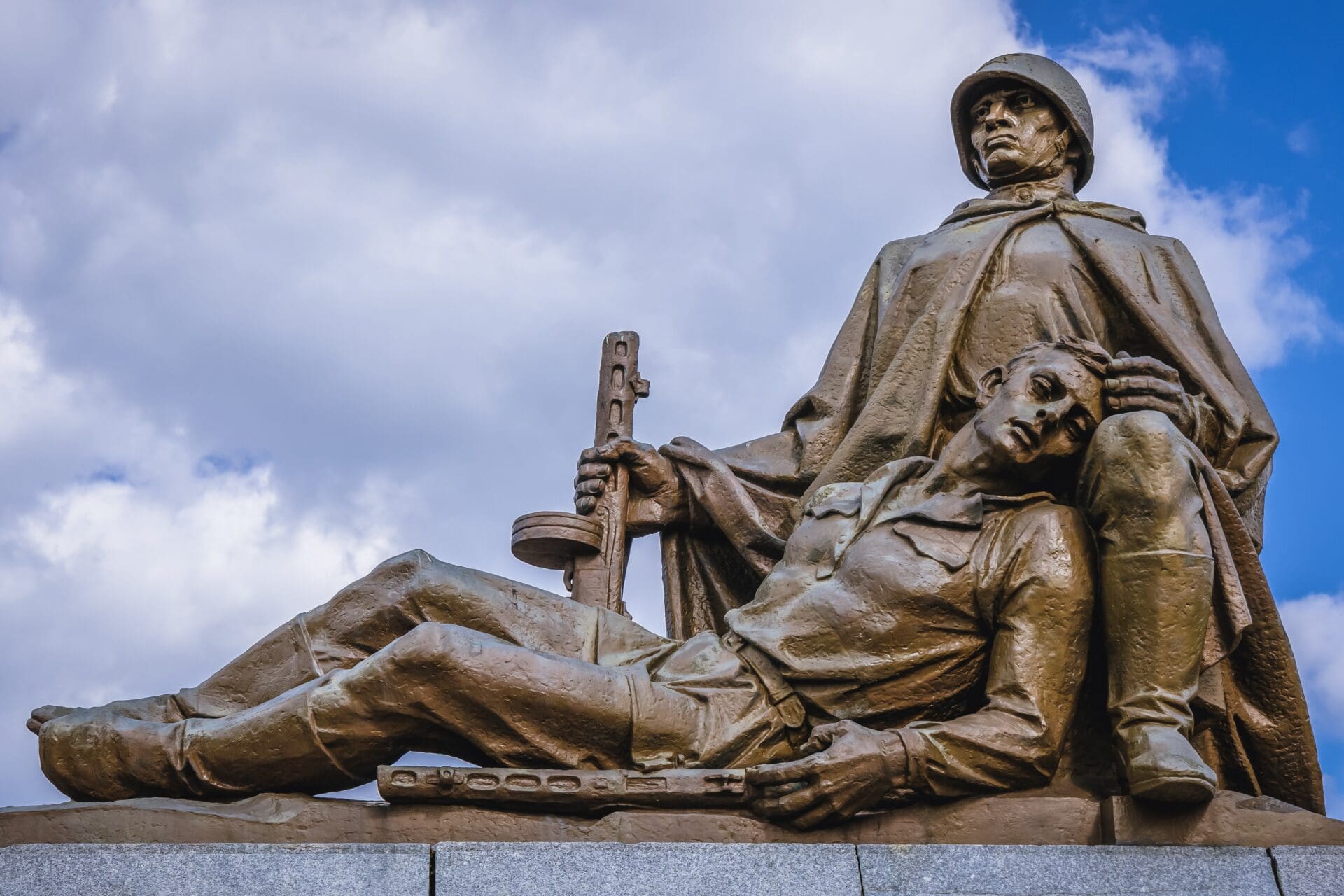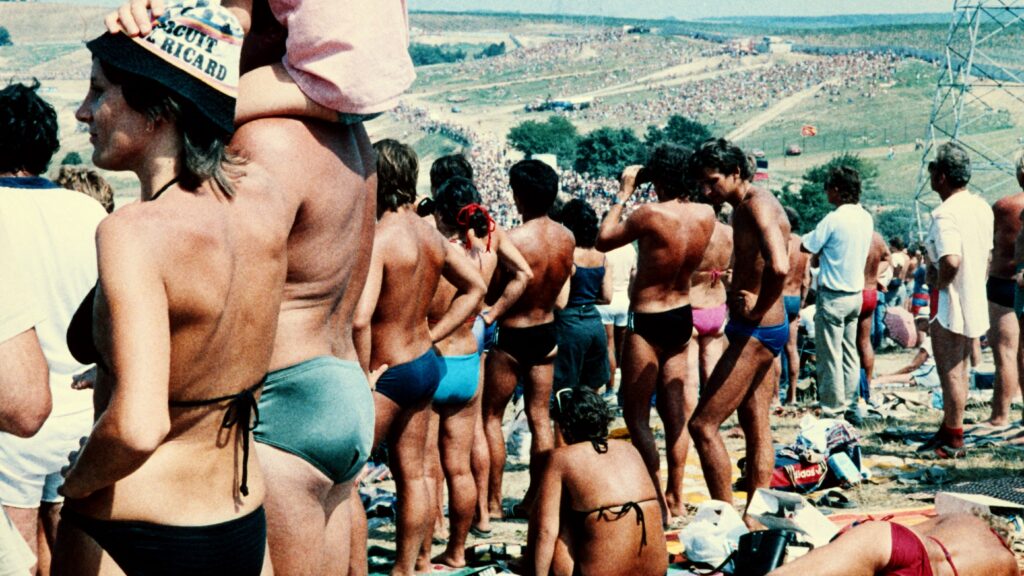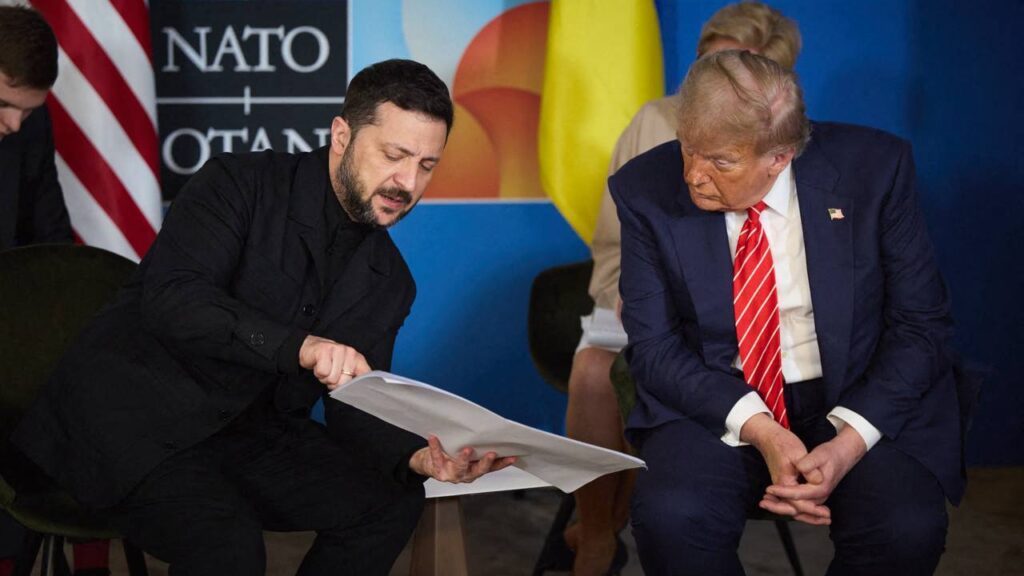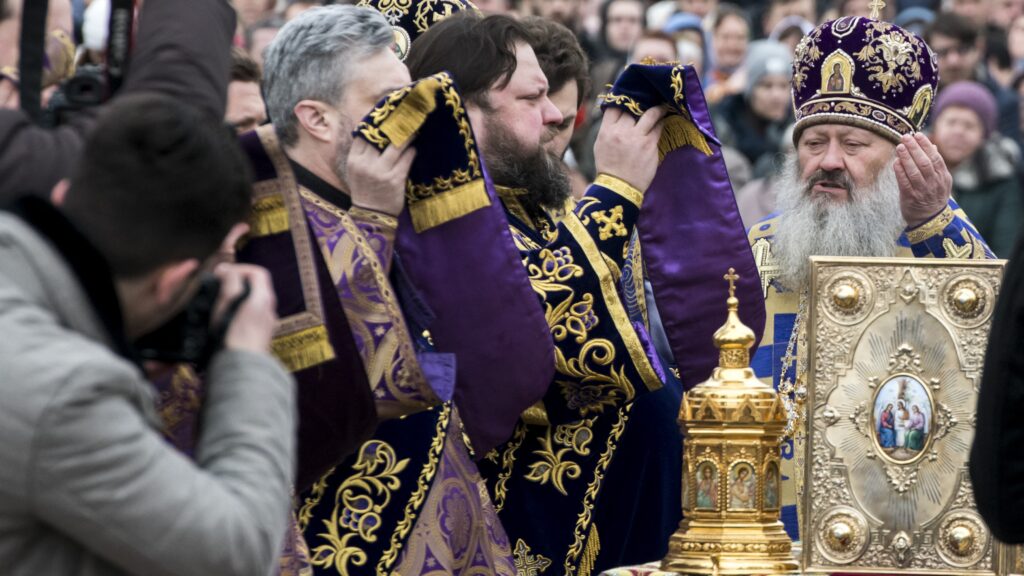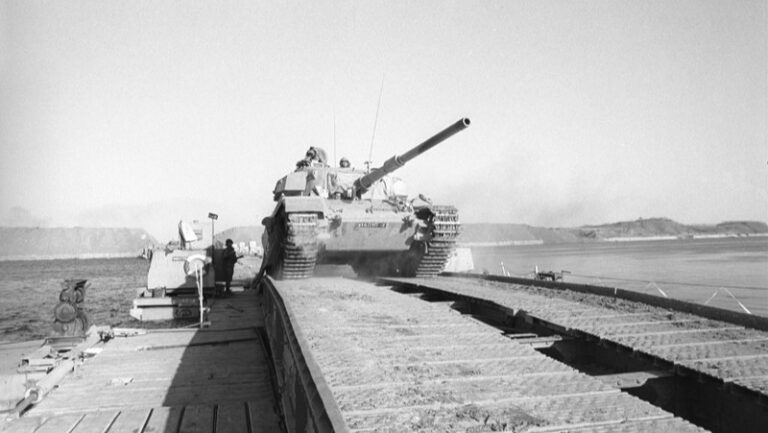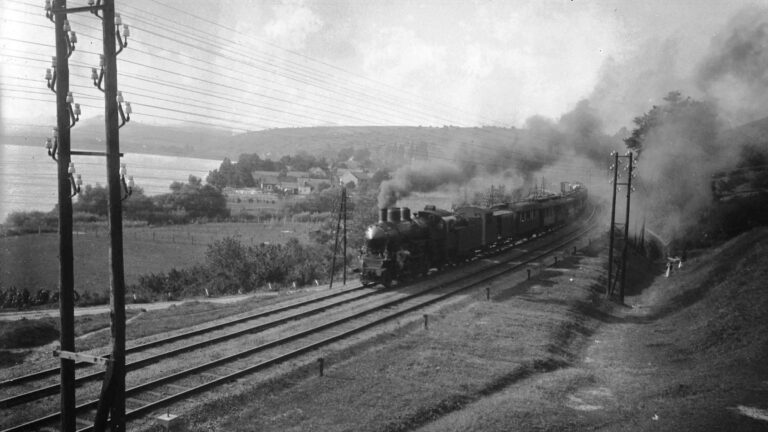In the nine months since the invasion of Ukraine, Poland has removed 20 state socialist era statues from public places. Most of the statues taken down were dedicated to Red Army soldiers. According to the state socialist era narrative, the Soviets liberated Poland from Nazi oppression and occupation. Once Poland democratised, this narrative rapidly changed, and now the invading Soviets are understood to be an occupying force. This view is supported by the historical fact that the Nazis and Soviets had signed a non-aggression agreement known as the Molotov-Ribbentrop Pact that enabled the two powers to partition Poland between them. While Nazi Germany invaded Poland from the West, starting World War II on 1 September 1939, the Soviet Union invaded Poland from the East on 17 September 1939.
Another Soviet memorial is destroyed in Poland, this time in the town of Malbork.
— Daniel Tilles (@danieltilles1) August 10, 2022
Since Russia's invasion of Ukraine, Poland's state Institute of National Remembrance has encouraged the removal of remaining Red Army monuments pic.twitter.com/0Yv3rO5qYP
Despite the renewed effort to do away with the public representation of oppressive regimes, as of now there are still 40 Soviet memorials in Poland that are still waiting to be removed according to the list of Communist era monuments and public space names of the Institute of National Remembrance. The renewed iconoclasm in Poland was made possible by a 2016 legislation by the Law and Justice party that requires local authorities to ‘decommunise’ public places, or in other words to remove monuments and rename public spaces that ‘propagate communism or other totalitarian systems’. While in Poland many rejoiced over the removal of these state socialist era monuments, Russia, which upholds the historical narrative that the Soviets liberated Poland, is outraged. In retaliation for the removal of monuments to Soviet soldiers from Polish public places, Russia threatened to destroy the Katyn memorial which is located at the place where 22 thousand Polish officers and intellectuals were massacred in 1940. The Twitter post below shows how construction vehicles—some of them marked with the infamous Z sign— line up in front of the Katyn monument near Smolensk threatening to destroy it.
There are rare exemptions, however, from the decommunisation of Polish public spaces. Dąbrowa Górnicza, an industrial city of 120,000 in Poland’s south, managed to save one of its controversial communist-era monuments. In 2020 the final ruling from Poland’s highest court of appeal rejected the attempt to remove the statue under the decommunisation law. The debated monument of Dąbrowa Górnicza was erected on 8 November 1970 (on the anniversary of the 1917 Bolshevik Revolution) and was first set to be abolished in 1990. During the regime change residents of the city guarded the socialist realist style monument day and night to save it from being taken down by the authorities. The statue was even renamed from ‘To the Heroes of the Red Banner’ to ‘To Jimi Hendrix. To Kurt Cobain. Make love, not war. War is over. To all who love liberty’ to try to shift the meaning of the memorial from idealising communism to worshipping peace. To strengthen the association with Hendrix, the gun that the main figure of the statue holds was repainted to resemble a guitar. Such ideological transformation of communist era monuments is common: the same has happened to a Nike statue in Hungary, as we have noted in an earlier article. In 2006, the Dąbrowa Górnicza monument’s name was changed back to the original. To honour the years when the statue was dedicated to Hendrix, a bronze version of the guitarist was placed on a bench nearby.
Dabrowa Gornicza Plac Wolnosci.Pomnik odnawiany za pieniadze panstwowe. pic.twitter.com/TlwgVTFvZc
— Wojcik Krzysztof (@WkWojcik) March 12, 2015
The renewed iconoclasm in Poland demonstrates that the memory of Communism is alive in the region and the legacy of state socialism still overshadows politics in Central Eastern Europe—the current war in Ukraine is no exception, with the conflict having a profound impact on memory politics in Poland.

